The World Bank Group works in every major area of development, providing a wide array of financial products and technical assistance, and help countries share and apply innovative knowledge and solutions to the challenges they face.
The World Bank is like a cooperative, made up of 189 member countries. These member countries, or shareholders, are represented by a Board of Governors, who are the ultimate policymakers at the World Bank. Generally, the governors are member countries’ ministers of finance or ministers of development. They meet once a year at the Annual Meetings of the Boards of Governors of the World Bank Group and the International Monetary Fund.
The governors delegate specific duties to 25 Executive Directors, who work on-site at the Bank. The five largest shareholders appoint an executive director, while other member countries are represented by elected executive directors.
- The World Bank Group President chairs meetings of the Boards of Directors and is responsible for overall management of the Bank. The President is selected by the Board of Executive Directors for a five-year, renewable term.
- The Executive Directors make up the Boards of Directors of the World Bank. They normally meet at least twice a week to oversee the Bank’s business, including approval of loans and guarantees, new policies, the administrative budget, country assistance strategies and borrowing and financial decisions.
The World Bank operates day-to-day under the leadership and direction of the president, management and senior staff, and the vice presidents in charge of Global Practices, Cross-Cutting Solutions Areas, regions, and functions.




